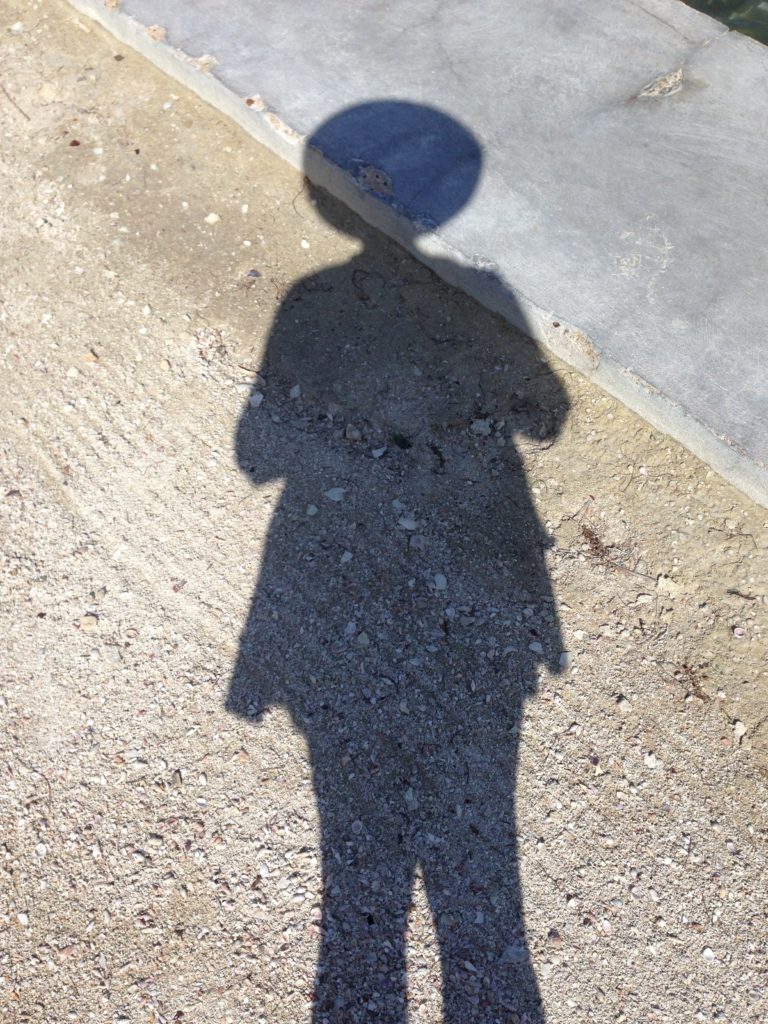This phrase, “holding space” is a relatively recent addition to the lexicon of those who speak about interactions and relationships between and among people. None of us grew up with this phrase in our vocabulary. I’m not sure what I would have imagined it to mean if I didn’t already know. As I consider it now, an image comes to mind of throwing oneself onto the empty space in front of the curb along a city street in a vain attempt to keep anyone else from parking there. Perhaps this isn’t an accurate picture, but the whole body energy required is not so dissimilar. It can take a great deal of focus and energy to “hold space.”
My intention here is to consider the meaning of the phrase and what it looks and feels like when you are “holding space” for a person or group of individuals and their experience. Behind that initial intention is the wondering about how we learn to hold space since clearly it is a learned skill or action, and frankly, most of us haven’t got it.
So, to begin, it would seem that you must be present to the person or group. Does that mean physically present? I know what it’s like to hold space for someone over the phone, so it would seem that physical presence is not exactly required. I do believe that you must be connected in some way through the senses of seeing, hearing or touching. Tasting and smelling might be available but certainly not required. And thinking or mind activity as the sixth sense is another issue entirely – one I will touch on later. The point is that being present to a person or group means that you are connected in some way. This connection also has some focus to it; it isn’t a casual flyby. It isn’t a person you pass on the street or someone sitting across from you on the train, although it is possible that some circumstance shifts the focus of your interaction or relationship with that person and you find yourself holding space for him/her.
Once you are present in this way, perhaps the next consideration would be the nature of the space being held. The qualities of this space help determine the qualities that you, as the holder of that space, must bring to it. First it must feel safe, both on a physical and emotional level. Second, The space must allow for the person to be heard and/or seen without hindrance. Third, the takeaway must be determined by the person, not the holder of space. These are seemingly simple requirements, but how do you ensure that they remain alive in that space?
One of the most critical qualities of the person holding the space is being fully focused on what’s happening with the person or group before you. No thinking of what you need to do later or of some incident that occurred the day before. Your thinking or mind activity must be calm and open to the present moment. It means relinquishing judgments, reactions and interpretations of what is happening so that all of your energy is available for witnessing. In effect, holding space means being the best kind of witness – open, accepting, able to meet what’s happening with loving kindness, compassion, sympathetic joy and equanimity.
If these seem familiar, they are known as the Brahma-Viharas in Buddhist practice. One does not, however, have to be Buddhist to see that these might be beneficial to pursue. These are not concepts to be understood but ways of being in this world. How could they not serve us to be the best humans we could possibly be? What I love about them is that they are not presented in terms of what NOT to do; they don’t have the sense of rules or laws. They do not threaten or exhort. Instead they represent an inner grounded state of being from which speech and actions emanate. They enable us to speak and act with the kind of intention that supports healthy and humane interactions.
I suspect by now you might find that exploring the phrase “holding space” has led us far afield. In response, I would invite you to imagine how your life might be different if you learned how to incorporate these practices into your relationships and interactions with others. This is a path that can even help us accomplish a related and most difficult task – that of holding space for ourselves. Allow yourself a moment to consider what that might look like…

